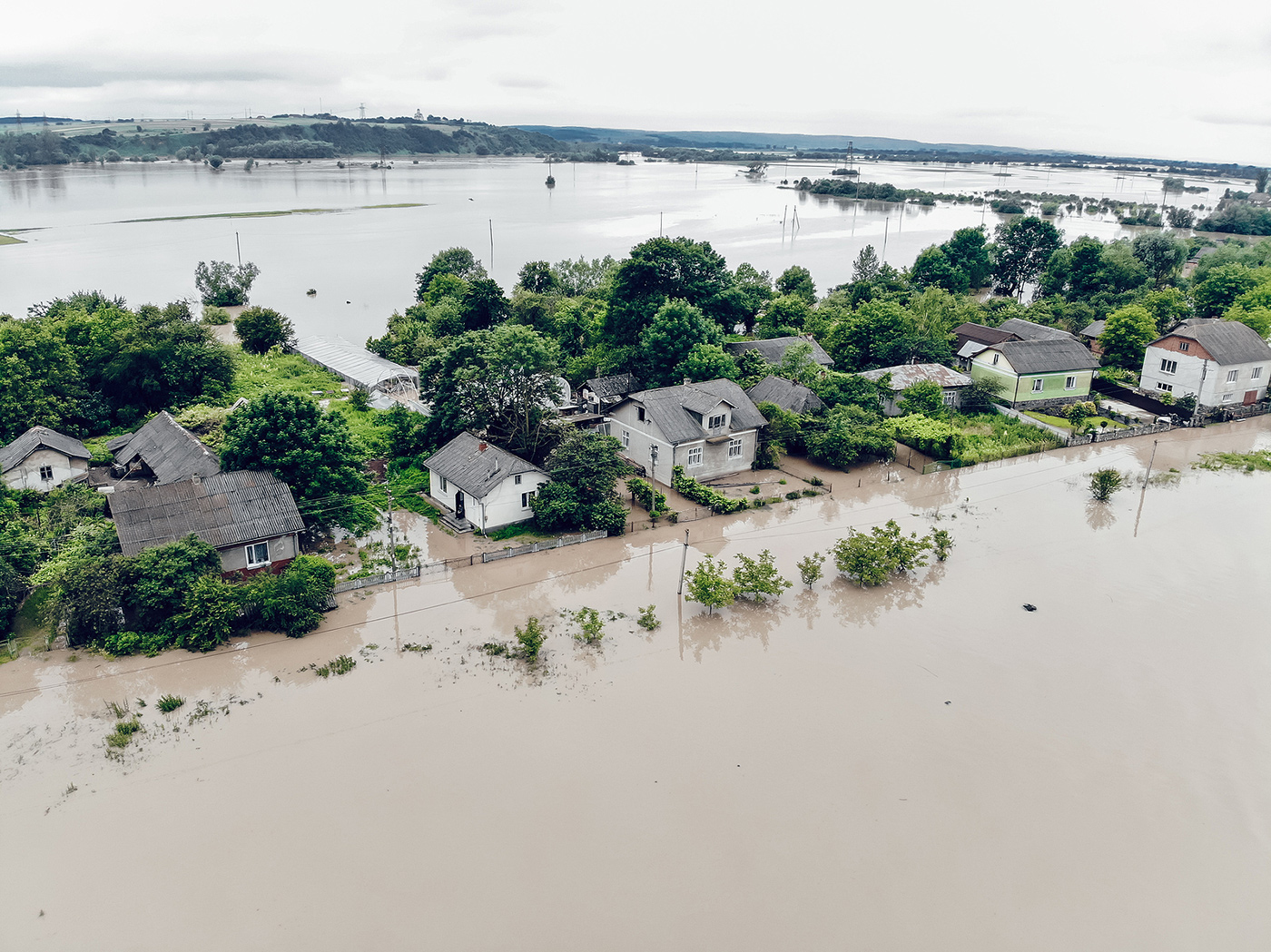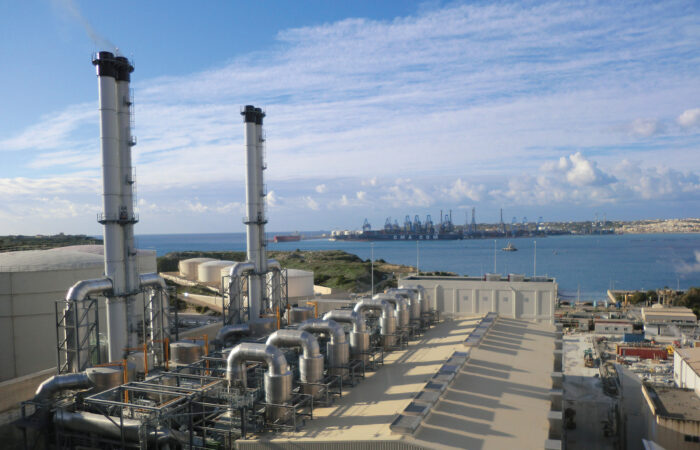Alicia García-Herrero and Juan Mejino Lopez*
The European Union needs to adapt its emergency funding mechanisms to the increasing number and severity of climate catastrophes.
Devastating flooding in Valencia, Spain, in October 2024 was a symptom of climate change and may be repeated elsewhere – to increasingly disastrous effect. More funding will be needed to react and adapt to such events as their economic costs are substantial and increasing. The Valencia floods will cut Spain’s GDP growth in 2024 by 0.2% according to the Bank of Spain, on top of the human cost amounting to more than 200 deaths.
Spain’s government has earmarked over €10 billion to help victims and finance the reconstruction of the almost 80 municipalities affected around Valencia. The European Union also has money to assist EU countries faced by climate disasters. However, considering that these funds will likely be called on, more and more in the future, improvements should be made.
The main EU fund for climate disaster response is the Solidarity and Emergency Aid Reserve (SEAR). This has brought together two pre-existing mechanisms, the Emergency Aid Reserve for technical assistance and the European Union Solidarity Fund (EUSF) for financial assistance. EU-level assistance complements, rather than substitutes, national-level measures, and can even be granted to EU candidate countries and other third countries in specific circumstances.
SEAR provides support across multiple disasters (floods, oil spills, earthquakes or forest fires). The total amount disbursed by the fund since 2002 adds up to almost €8.6 billion. This EU-level support is valuable, but its functioning could be improved in three ways.
First, the process for accessing the EUSF takes too long. The affected country must submit an application within 12 weeks of a disaster. The European Commission then evaluates the application, draws up a disbursement proposal and passes it for approval (a budgetary procedure) to the European Parliament and the Council of the EU. According to an evaluation of the fund in 2019, the average time before grants were disbursed was about one year.
Thus, for several EU countries that suffered flooding in 2023, a Commission proposal for assistance (requested in 2023) was only approved in August 2024. This is simply too long for an emergency response. Moreover, slow disbursement might affect those countries with greater financial constraints than richer countries. Similarly, countries or regions with lower levels of administrative capacity can face constraints when applying for the funds and offering an accurate and complete estimate of economic damage.
Second, there is a question of financial capacity. The total annual allocation for the SEAR was increased considerably during the last two EU budget cycles (the seven-year Multiannual Financial Frameworks) and was also expanded in the 2024 annual budget. The annual allocation to the instrument has grown by 46%, in real terms, since 2014. However, while considerable, this does not seem to match the increasing number and cost of natural disasters. On average between 2021 and 2023, compared to 2014-2020, annual economic losses resulting from climate and hydrological events more than doubled, implying that the funding available via SEAR is lagging.
Third, the fund’s current eligibility conditions might imply that the funding for reconstruction does not cover extra costs that would enable better standards (ie more resilient infrastructure, energy efficiency) following the ‘build back better’ principle. This can be a barrier when rebuilding infrastructure and upgrading to improve climate adaptation and resilience.
Three steps should therefore be taken to improve the functioning of SEAR:
Improve efficiency: the application process should be speeded up and simplified so funds can reach affected areas as soon as possible. Measures should include shortening the administrative timeline (i.e. faster evaluation and approval of the proposal) and providing administrative support to countries with lower resources. This should be part of the “make Europe faster and simpler” task that the European Commission president has assigned to the new college of EU commissioners.
Increase the amount of funding: SEAR funding should be increased in line with the rising costs of adaptation and disaster response; further instruments might be needed in the coming years for climate adaptation.
Align solidarity funds with other objectives: The financial aid dedicated to fixing damaged infrastructure should also encourage climate adaptation and resilience. Reconstruction should be carried out in line with new standards that, for example, boost energy efficiency.
*Alicia García Herrero is a Senior Fellow at Bruegel and Juan Mejino Lopez is a Research Analyst at Bruegel. The article was originally published by Bruegel, and also posted on the Blog of the Cyprus Economic Society.




